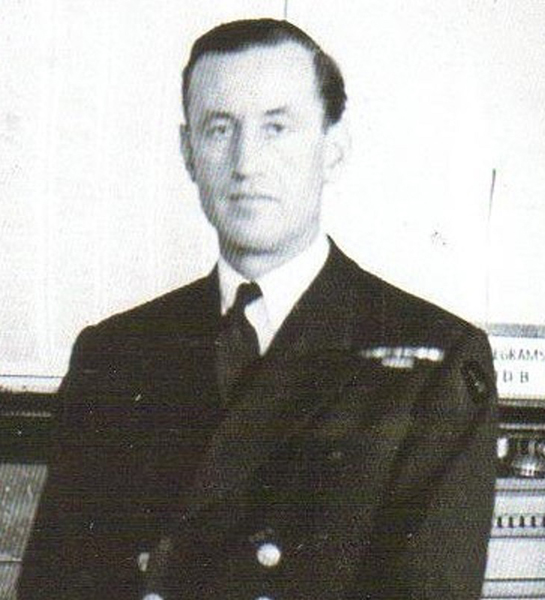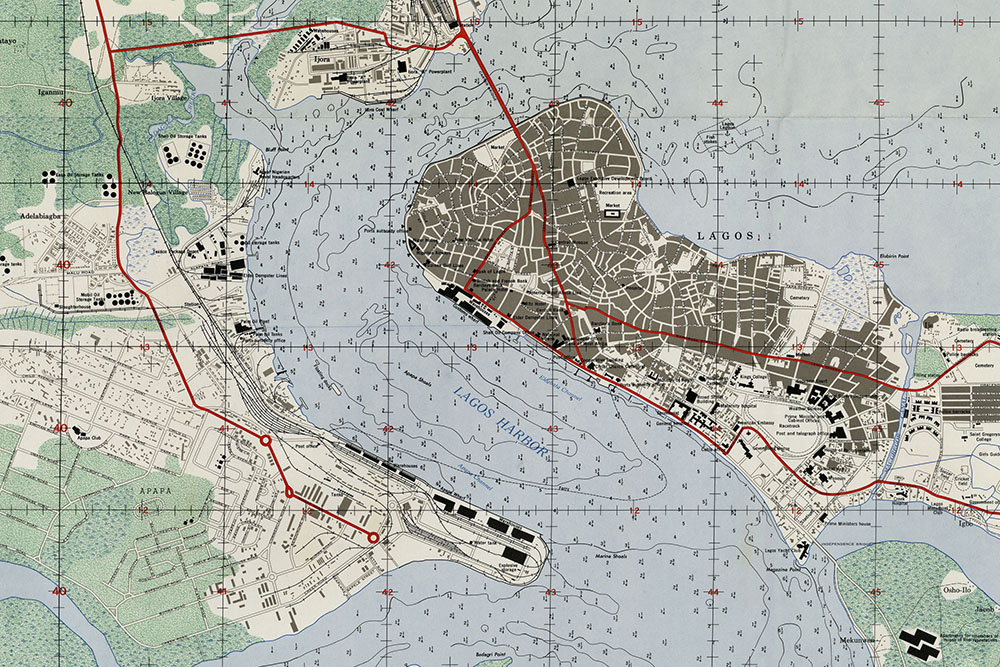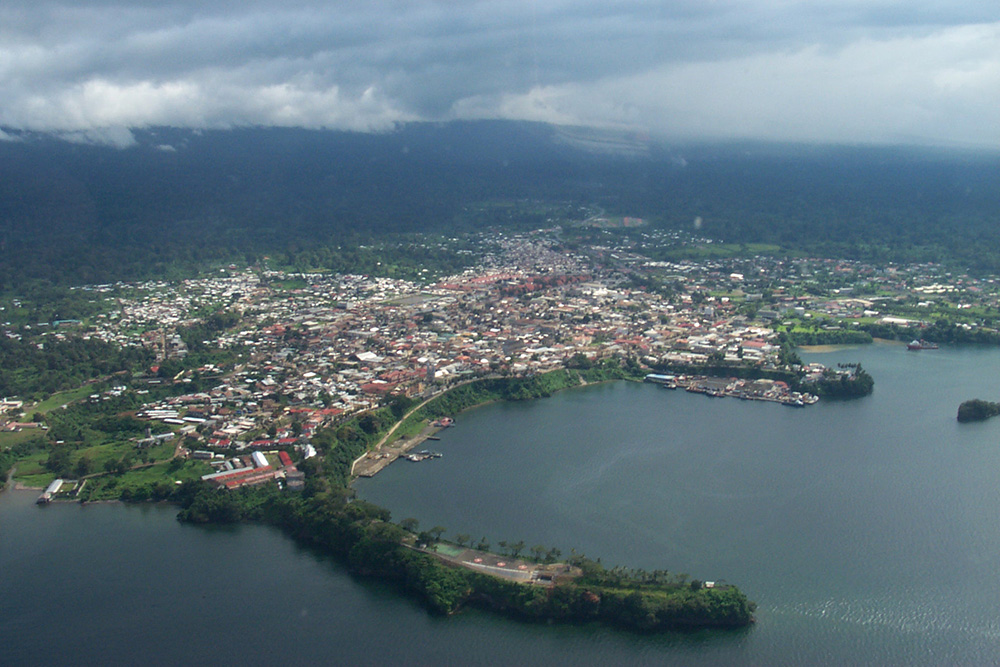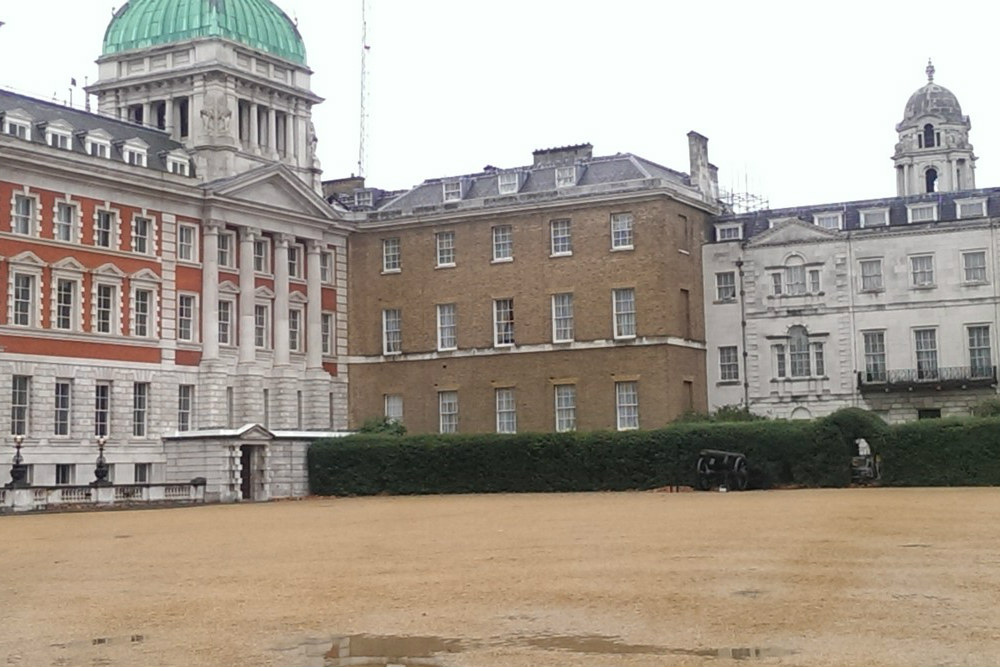Fleming, Ian Lancaster
- Date of birth:
- May 28th, 1908 (Mayfair/London, United Kingdom)
- Date of death:
- August 12th, 1964 (Canterbury/Kent, United Kingdom)
- Nationality:
- British
Biography
Ian Fleming was born into a wealthy London family and educated at Eton, Sandhurst, and later in Europe, where he studied languages in Munich and Geneva. Before the war he worked as a journalist and then as a stockbroker, though without much success, and in 1939 he was recruited into Naval Intelligence.
n May 1939 Ian Fleming was recruited by Rear Admiral John Godfrey, Director of Naval Intelligence, as his personal assistant. Commissioned into the Royal Naval Volunteer Reserve, Fleming worked from Room 39 at the Admiralty, liaising with MI6, SOE, and other wartime agencies. He quickly proved invaluable in administration and planning, drafting the famous “Trout Memo” of deception ideas and proposing schemes such as Operation Ruthless to capture Enigma material.
Fleming travelled to the United States in 1941 with Godfrey, helping to shape the blueprint for what became the OSS, precursor of the CIA. He also devised Operation Goldeneye, a plan to maintain intelligence links with Gibraltar should Spain fall to Germany.
In 1942 he created 30 Assault Unit (30AU), a commando group trained to seize enemy documents and intelligence near the front lines. Though he did not fight in the field, Fleming selected targets and directed operations, later overseeing intelligence distribution for the Normandy landings. He also sat on the committee that established T‑Force, tasked with securing German scientific and naval research at the war’s end.
By 1945 Fleming had travelled to the Far East on intelligence duties and followed 30AU into Germany, where it captured the German naval archives. Demobilised in May 1945, he remained in the RNVR until 1952, leaving with the rank of lieutenant‑commander. His wartime experiences provided the raw material for the world of James Bond.
July 1939: Lieutenant
1939: Lieutenant Commander
?: Commander
?: Acting Lieutenant-Commander (substantive)
26 July 1947: Lieutenant Commander (substantive)
Do you have more information about this person? Inform us!
- Period:
- Second World War (1939-1945)
- Rank:
- Lieutenant Commander
- Unit:
- Admirality, British Government
- Awarded on:
- November 25th, 1947








